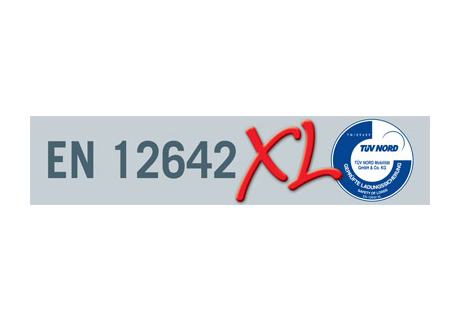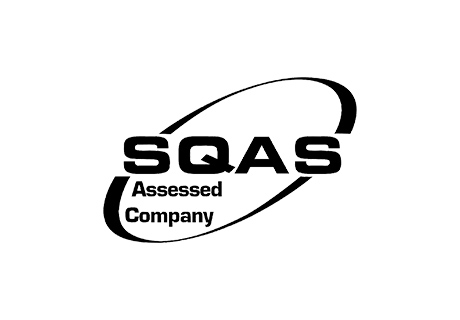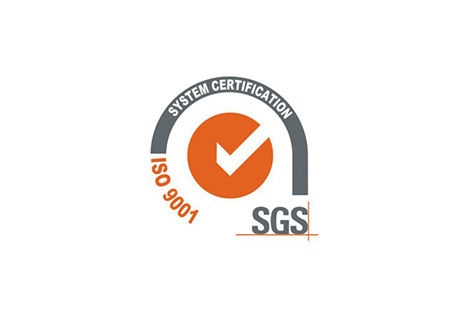Corporate Social Responsibility
As a leading international logistics company, CLdN operates in a complex and rapidly changing environment. Proactive management of environmental and social risks and opportunities, as well as the implementation of robust governance are essential in delivering long-term value for all of our stakeholders.
The most significant area where CLdN contributes to the UN Sustainable Development Goals is in the area of carbon emission performance. CLdN enables customers to reduce their overall CO2 transportation emissions. Our modern RoRo fleet is the best-performing in Western Europe with regards to CO2 emitted per tonne carried / kilometre as measured and reported by the EU MRV (monitoring, reporting and verification). In 2024 CLdN’s fleet emitted on average 37g of CO2 per tonne-km. This was 9% lower than our nearest competitor and 30% better than our peer group. We are constantly innovating and investing to further improve our performance.
We offer multimodal transport through an extensive shortsea and rail network. The shift from road to rail or water not only reduces CO2 emissions by 75% compared to road transport, it's also reliable, flexible and economical.
CLdN’s port in Zeebrugge has space and favourable wind conditions that make it an ideal site for wind power generation. In 2021, five new wind turbines were installed at CLdN’s terminal in the port. The development of the wind farm is part of the clean port strategy of the Port of Antwerp-Brugge and was carried out by green energy producer Eneco. Each turbine is 150 metres high and together they have a combined capacity of 18MW. Each year they produce about 50 GWh of green electricity, comparable to the average annual consumption of approximately 14,300 families. Part of the production is consumed locally at CLdN’s terminals to charge electric terminal vehicles, cars and, in the future, can be used to charge ship batteries. On-site renewables at CLdN’s ports provided 13% of our electricity in 2024.
Shipping produces some 2.5% of total greenhouse gases globally but carries 90% of world trade: 12 billion tonnes per year. It does so with better energy efficiency than any other transport mode. CLdN’s vessels emit on average 37 grammes of CO2 per tonne-km of transport work (2024). By way of comparison, a truck emits approximately 90 grammes and a cargo plane around 600 grammes! Shipping companies are subject to stringent international and regional legislation (notably International Maritime Organization regulations and European ETS compliance) and have taken significant steps to prevent and reduce pollution, including the reduction of sulphur and NOx emissions, the management of noise pollution and the safe management of ballast water.



